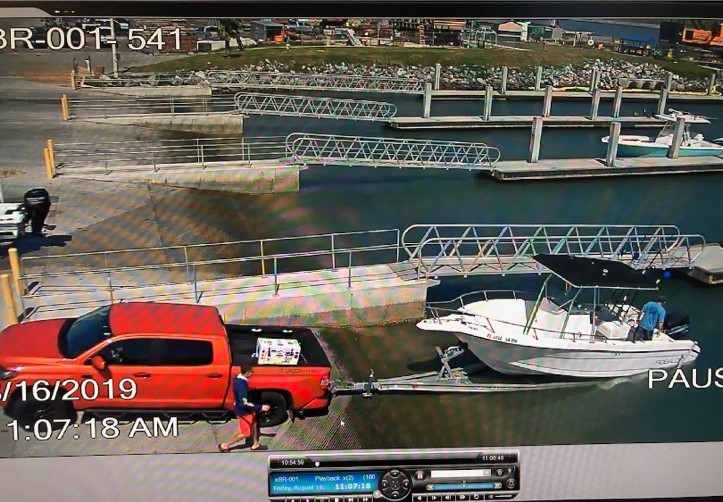Wayfarer
Guru
- Joined
- Aug 29, 2014
- Messages
- 2,228
- Location
- USA
- Vessel Name
- Sylphide
- Vessel Make
- Kingston Aluminum Yacht 44' Custom
I was the MOB in an MOB situation a little over 30 years ago. I can tell you that treading water watching the boat cruise away when nobody on board notices that you're overboard is not awesome. I could see them in teh cockpit, but they weren't paying attention to the stern and couldn't hear me.
I watched until the boat was out of sight. I was wearing a PFD. There were no PLB's in the mid 1980's.
This is the stuff of nightmares. Every time we do a MOB drill I can’t help but imagine being in the water, seeing the lights of my vessel getting smaller and smaller on the horizon, until they eventually disappear. What an overwhelming feeling of helplessness. You might as well be on the moon at that point.
I sure am glad they found you.


